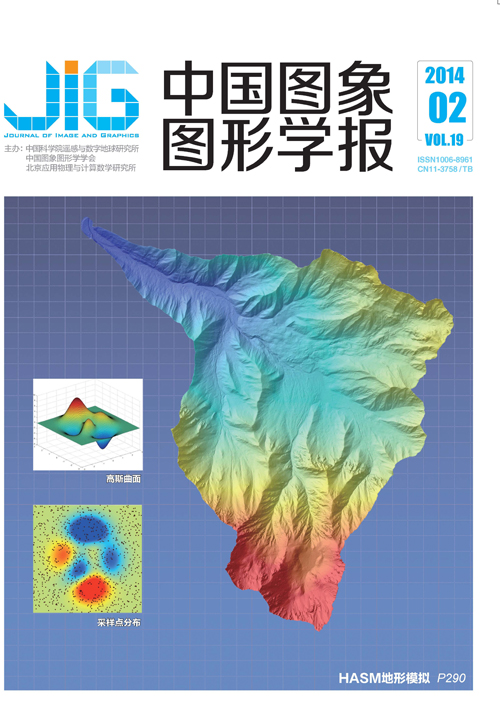
应用于人体关节缺损修复的建模与可视化
摘 要
目的 关节缺损疾病治疗目前存在的主要问题是缺乏精确的关节模型以及个体化的修复方案,为此提出量化关节骨缺损的精确建模与可视化方法。方法 利用骨骼图像增强、多模态影像融合、关节结构分割、关节病变结构建模与定量分析等核心关键技术,从关节CT或MRI影像中构建和恢复缺损关节的空间立体结构,为关节缺损信息提供量化参数和3维模型,从而帮助医生快速准确地对关节缺损疾病进行诊疗。结果 针对建模与可视化方法中的核心关键技术进行了深入研究,实验结果显示上述方法能够为关节缺损修复提供精确的3维量化模型。结论 基于CT、MRI影像的关节结构建模与可视化技术为评价骨缺损大小提供了精确有效的方法,在关节盂或肱骨结构等疾病的诊疗方面具有重要的临床意义,此项技术的发展对关节缺损疾病的修复发挥着重要作用。
关键词
Method of modeling and visualization for repairing of osteoarticular defect
Xing Huijun1, Yang Jian2, Li Qin1(1.School of Life Science, Beijing Institute of Technology, Beijing 100081, China;2.School of Optoelectronics, Beijing Institute of Technology, Beijing 100081, China) Abstract
Objective The main problem with the treatment for joint bone injury is the lack of accurate joint models for guidance in the repairing surgery. In this paper,we aim to study modeling and visualization techniques for quantifying osteoarticular defects accurately. Method The key techniques such as the enhancement of bone image, multi-modal image fusion, segmentation, modeling and measurement of bone structure, can visually show the three-dimensional geometry of the defect structure and provide a quantitative standard for doctors to diagnose and treat articular defects. Result The involved techniques are analyzed in depth, and the result shows the method above can provide accurate three-dimensional quantitative models. Conclusion The CT and MRI based three-dimensional modeling provide an accurate and effective method for the evaluation of osteoarticular defects. Therefore this method has a great value in assisting doctors to diagnose the defect of the glenoid and humeral head of the bone joint. The future development of this technology plays an important role to repair osteoarticular defects.
Keywords
|



 中国图象图形学报 │ 京ICP备05080539号-4 │ 本系统由
中国图象图形学报 │ 京ICP备05080539号-4 │ 本系统由